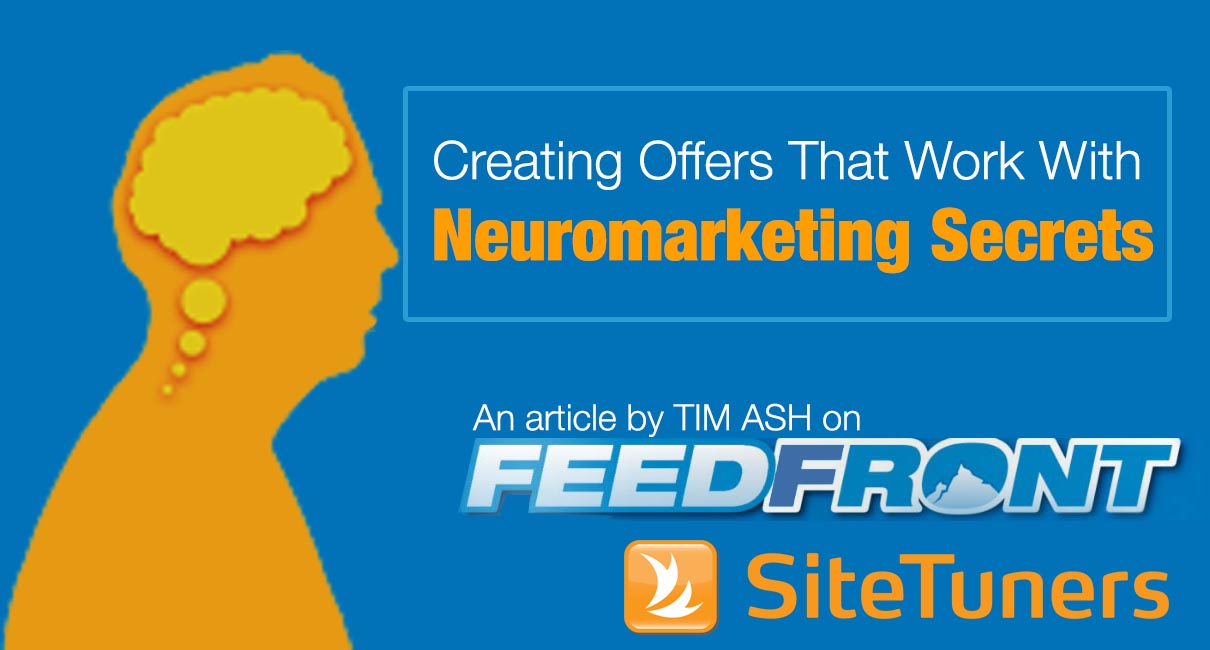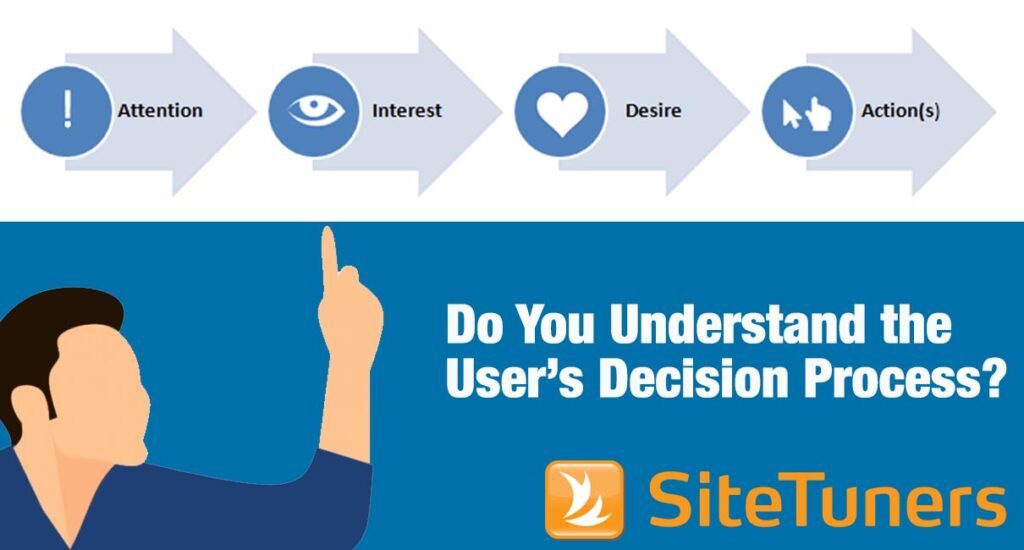 The brain is truly the last frontier. Despite our focus on the “logical” brain, it turns out that 95% of our decisions are made pre-consciously and we only justify them after the fact, when we become aware of them.
The brain is truly the last frontier. Despite our focus on the “logical” brain, it turns out that 95% of our decisions are made pre-consciously and we only justify them after the fact, when we become aware of them.
The latest research in neuromarketing is giving us insights about how to influence and persuade people more effectively. Several recent research studies point to specific ways to make your online offers more compelling. The following examples are drawn from Roger Dooley’s book, Brainfluence.
Money cues make you selfish – Images or mention of money can prime someone to behave more selfishly, less likely to help others, to be more self-reliant. Such cues should be used with “making money” types of products, but should be avoided for high-ticket items, or in the context of gifts (which involve empathy and generosity towards others as motivators).
Display the most expensive option first – If you offer a service or product at several different price points, always present your most expensive option first. This serves as a psychological “anchor” to which the brain compares subsequent prices, which seem like relative bargains in comparison.
Context influences our experience – The “Folgers effect” tested instant coffee in an expensive restaurant, and it was perceived as very high quality. People can often be swayed by the presentation and context to pay more. For web-based experiences you need to make sure that your visual presentation looks rich and professional. If your website is cheesy or even average, visitors will be less willing to pay a premium price.
Use precise pricing – Round numbers leave money on the table. The presence of the extra non-zero digits fools the mind into thinking that there was some kind of precision in the pricing and allows it to anchor more effectively. So offer your product at $99.99 or $101.97, but never at $100!
Use decoys when showing similar options – Our minds get irritated when a choice is difficult to make. We will look for easy tie-breakers to help us make the decision when offers seem equally attractive. Our brain is not good at making absolute comparisons, but it looks for relatively better value when making comparisons. If you introduce a decoy offer that is clearly a worse deal, it will stimulate sales of the other offer (even in the context of other competing offers). So leave the “not so good” option in the mix to create the right bias.
Reduce choice – We’ve all heard about the “long tail” and consumer’s preference for more choice. If you have too much choice (especially many similar options as noted above) it is too hard for the mind to make decisions. The advantage of wide selection online should be reconsidered. Choice fatigue sets in for buyers. Paring down your inventory to a few key items can actually stimulate sales.
So take advantage of your visitors’ irrational minds and make more money with your offers.
This article first ran in Issue 20 of FeedFront magazine. Click to read the full publication online.
Take your conversions to the next level.Learn how our experts at SiteTuners can help kickstart your conversion rate optimization process or get better results from your CRO efforts. Give us 30 minutes, and we’ll show you a roadmap to your digital growth! |


